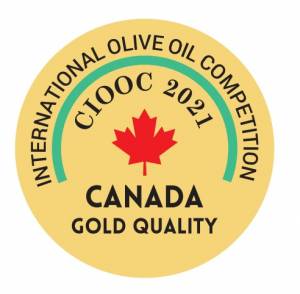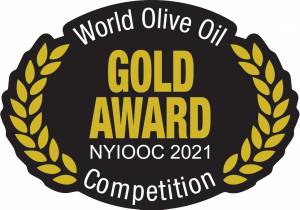Both olive oil and canola oil contain a high percentage of monounsaturated fats (MUFAs). Both oils are considered heart-healthy, but are they both equally good for you? Let’s compare the two oils.
| Olive Oil | Canola Oil | |
|---|---|---|
| Type | Fruit oil made from olives | Seed oil made from a variety of the rapeseed plant |
| Grades | The International Olive Council has established a grading system for olive oil that dictates how olive oil is graded and labeled. | No standards exist for Canola oil. While virgin canola oils exist, there is no consumer protection regarding the labeling. |
| Usage | Olive oil has been used for thousands of years. | Canola was developed in the 1970s. |
| Cost | Olive oil ranges in cost but is generally more expensive than canola. | Canola oil is less expensive than olive oil. |
| Production methods | Extra virgin olive oil is produced by pressing olives to extract the juice. Olive oil (often called classic or pure olive oil) may be extracted by applying heat. | Most canola is produced through a chemical extraction, refinement and bleaching process. |
| Solvents | No solvents are used to produce pure, classic, light or extra virgin olive oils. | Canola oil is generally extracted with chemical solvents such as hexane. |
| GMO | To date, there are no genetically modified olive oils. | Canola is a common genetically modified product. |
| Antioxidants | Olive oil of all grades contain antioxidants, which have powerful health benefits. | No antioxidants. |
| Rancidity | The antioxidants in olive oil help to protect the oil from rancidity and oxidation in storage and during cooking. | Canola should be used quickly after opening to prevent rancidity. |
| Flavor | Extra virgin olive oil has a fruity flavor. Pure and light olive oils have a neutral flavor. | Neutral flavor. |
Smoke Point
The smoke point of oil varies depending on the oil sample. The numbers below represent the top temperatures that an oil can reach before smoking.
| OIL | SMOKE POINT (Listed highest to lowest) | |
|---|---|---|
| Olive Oil | 468°F (242°C) | Regular olive oil has a higher smoke point than canola oil, at 468°F. |
| Canola Oil | 445°F (235°C) | Canola oil has a slightly higher smoke point, 445°F than extra virgin olive oil’s smoke point, which is up to 410°F. |
| Extra Virgin Olive Oil | 410°F (205°C) | |
Temperature needed for most cooking is around 350°F.
In conclusion, both olive oil and canola oil are heart-healthy choices, but olive oil offers additional benefits in the form of anti-oxidants and chemical-free extraction process.
This article was first published on the About Olive Oil website of the North American Olive Oil Association on August 2, 2017.



